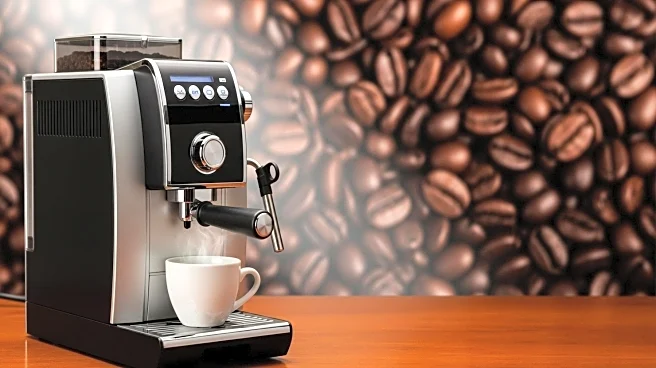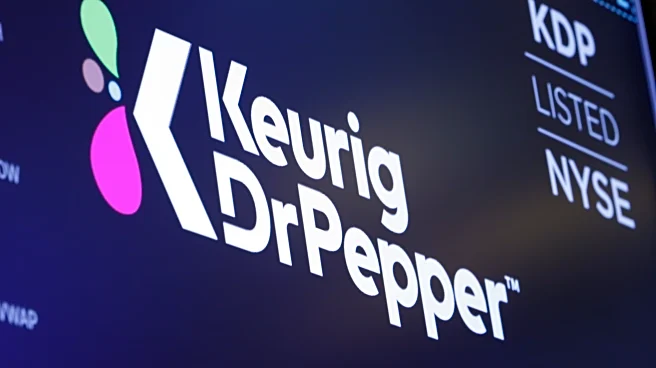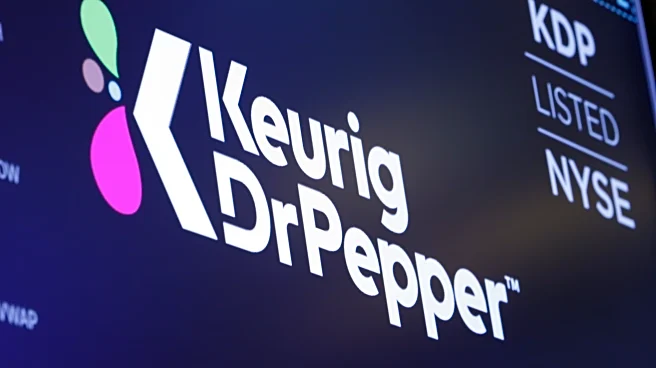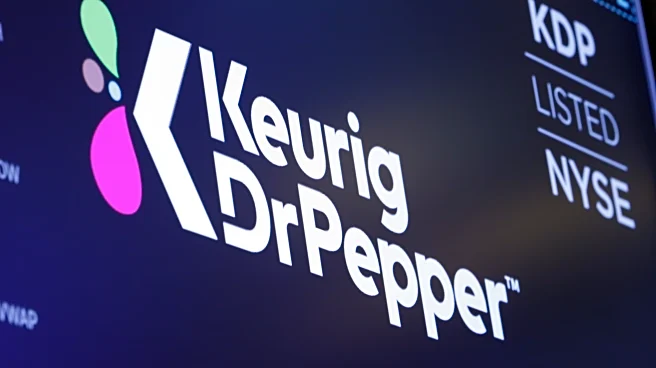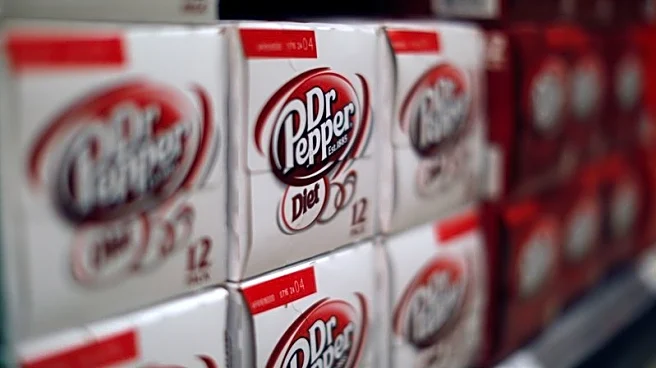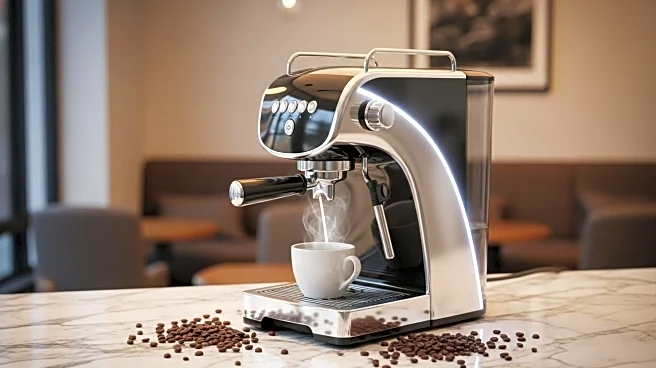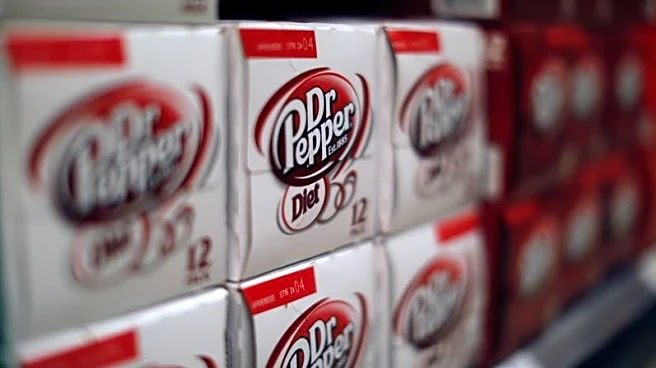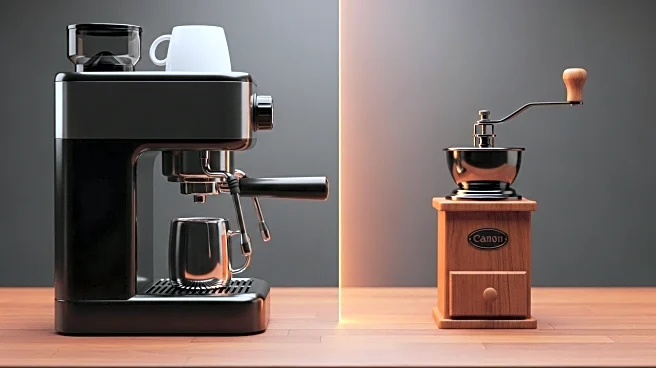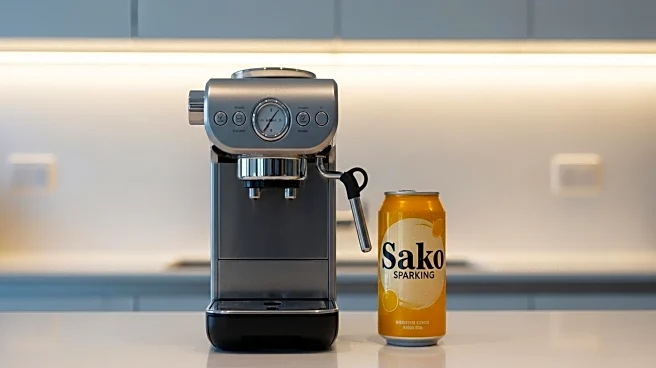What's Happening?
Keurig Dr Pepper has announced its decision to separate into two distinct companies following its acquisition of Peet's Coffee for $18 billion. This move comes less than a decade after the merger of Keurig and Dr Pepper in 2018. The company plans to divide its operations, with one entity focusing on coffee products and the other on cold beverages such as Snapple, Dr Pepper, and energy drinks. CEO Timothy Cofer stated that the separation would allow each business to better focus on growth opportunities within their respective markets. The acquisition of Peet's Coffee, owned by JDE Peet's, expands Keurig's presence beyond North America, enhancing its competitive edge against major coffee brands like Nestle and Starbucks.
Why It's Important?
The decision to split Keurig Dr Pepper into two separate companies is significant for the beverage industry, as it reflects a strategic shift to adapt to changing consumer preferences and market dynamics. By focusing on distinct product lines, the company aims to enhance its agility and responsiveness to market demands. The acquisition of Peet's Coffee positions Keurig Dr Pepper to leverage its expanded global footprint, particularly in emerging markets where coffee consumption is on the rise. Additionally, the move could mitigate the impact of U.S. tariffs on Brazilian coffee imports, which have been a concern due to recent political developments. The separation is expected to generate substantial savings and operational efficiencies, potentially influencing similar strategic decisions by other major players in the industry.
What's Next?
Following the acquisition and planned separation, Keurig Dr Pepper anticipates completing the transaction in the first half of 2026. The coffee business will be headquartered in Burlington, Massachusetts, while the cold beverage company will be based in Frisco, Texas. The company expects to save approximately $400 million over three years due to the merger. As the beverage industry continues to evolve, other companies may consider similar strategic moves to remain competitive. The focus on fast-growing beverage segments, such as energy drinks and hydration products, will likely continue as consumer preferences shift towards healthier options.
Beyond the Headlines
The separation of Keurig Dr Pepper into two entities highlights broader trends in the food and beverage industry, where companies are increasingly restructuring to align with consumer demands for healthier and more diverse product offerings. This move may also reflect a growing emphasis on sustainability and ethical sourcing, particularly in the coffee sector. As global coffee prices rise due to increased demand and adverse weather conditions, companies like Keurig Dr Pepper are positioning themselves to better manage supply chain challenges and capitalize on growth opportunities in international markets.
